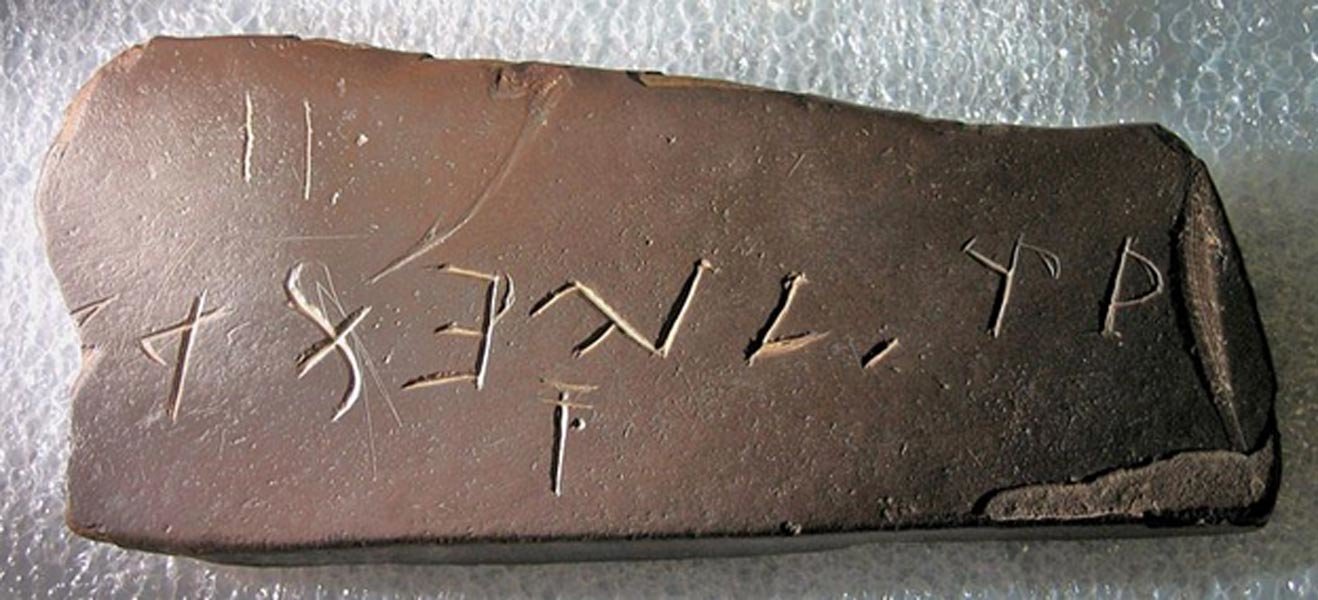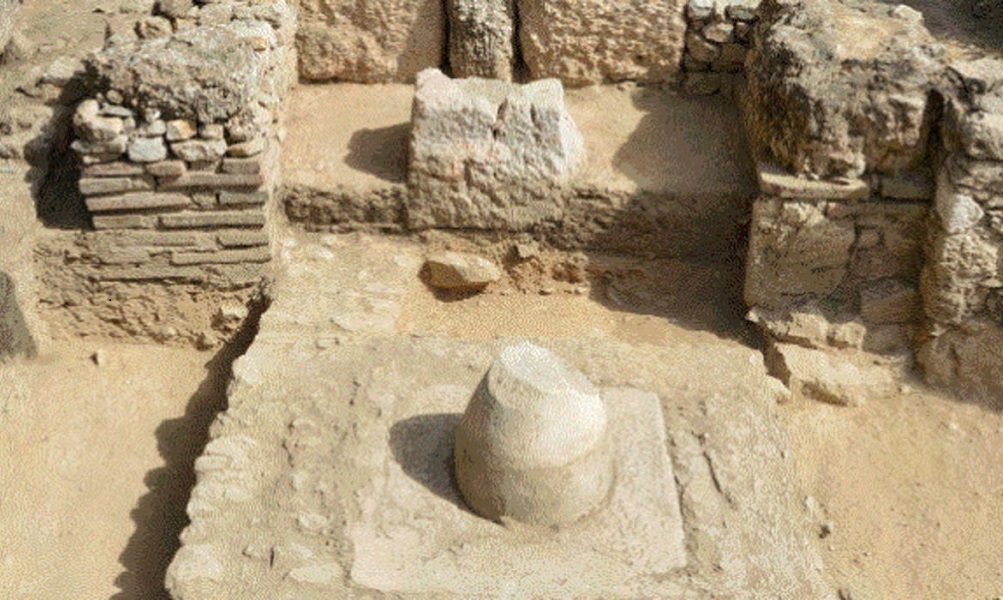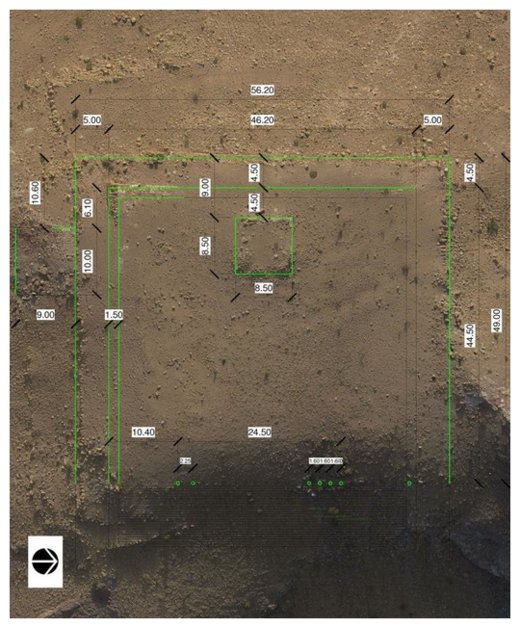
© Wikipedia/Dan SmithThe Federal Reserve
History has seen a number of secretive agreements which had major impact on the global economy, from hiding investments to taking gold reserves. Some of the stories are real, and some are rather legends.
Here are some examples of how global financial decisions have been made behind closed doors.
IMF Helping UkraineRecently, Ukrainian politician and former Prime Minister Yulia Timoshenko accused President Petro Poroshenko of reaching a secretive deal with the International Monetary Fund (IMF). According to the agreement, Kiev would abandon a moratorium on the sale of land and increase electricity and gas tariffs, Timoshenko said. Ukraine would also abandon preferential pensions for school teachers and healthcare workers, she added.
"This document is secret. The government and the president signed a secret agreement behind the back of the Ukrainian people," Timoshenko said.
However, soon afterwards the Finance Ministry rebuffed the allegations, saying that the final text of an agreement with the IMF is not yet ready. According to the ministry, the final document will be published within a month.
Meanwhile, Kiev has been part of an IMF program of financial aid. The plan has resulted in a twofold increase in tariffs on gas, hot water and heating.
The program presumes $17.5 billion of aid to Kiev. In March 2015, the first tranche of $5 billion was unveiled. Kiev received the second tranche of $1.7 billion in August 2013. However, the third tranche of financial aid was delayed due to political turmoil in Ukraine. But after Prime Minister Arseniy Yatsenyuk resigned the IMF reaffirmed its readiness to work with Kiev.













Comment: The colonization of America was genocidal by plan: Yes, Native Americans were the victims of genocide